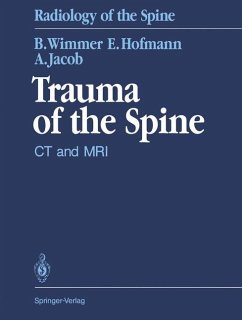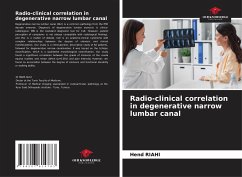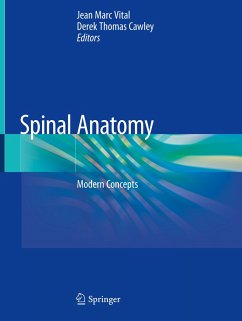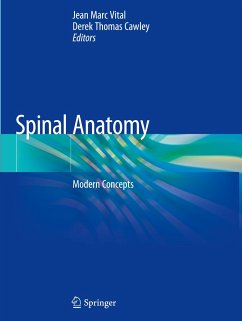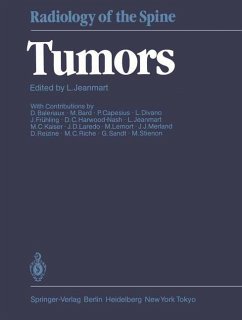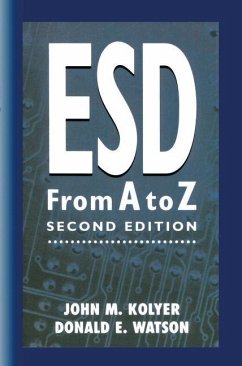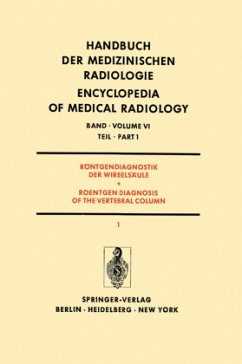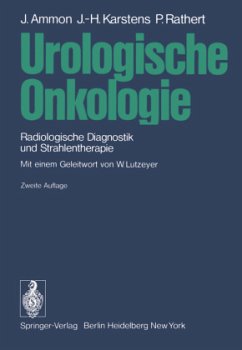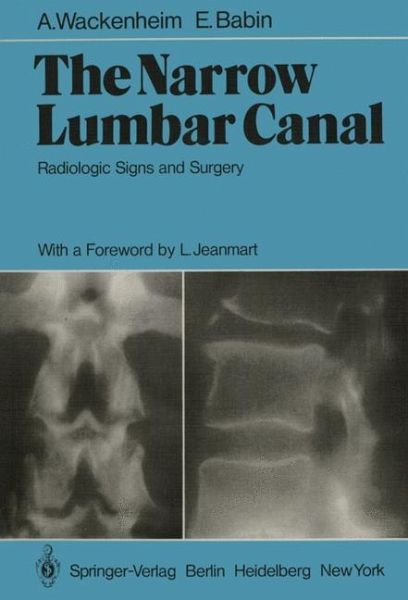
The Narrow Lumbar Canal
Radiologic Signs and Surgery
Mitarbeit: Jeanmart, L.
Versandkostenfrei!
Versandfertig in 1-2 Wochen
77,99 €
inkl. MwSt.

PAYBACK Punkte
39 °P sammeln!
It is amazing to discover how little importance has been attached to narrow lumbar canal syndromes up to now. Though H. VERBIEST gave a very accurate description in 1949, the neurologist's and neurosurgeon's preoccupations were mainly focused on discal pathology, disregarding the problem of an exclusively bony origin in canalar stenosis. A. WACKENHEIM and E. BABIN have the merit of becoming aware of the impor tance and originality of this problem; they organized in the beautiful surround ings of the Bischenberg near Strasbourg, a postgraduate course, in which the most eminent European speciali...
It is amazing to discover how little importance has been attached to narrow lumbar canal syndromes up to now. Though H. VERBIEST gave a very accurate description in 1949, the neurologist's and neurosurgeon's preoccupations were mainly focused on discal pathology, disregarding the problem of an exclusively bony origin in canalar stenosis. A. WACKENHEIM and E. BABIN have the merit of becoming aware of the impor tance and originality of this problem; they organized in the beautiful surround ings of the Bischenberg near Strasbourg, a postgraduate course, in which the most eminent European specialists in this field participated. I am very honored to have been asked to write the introduction to this mono graphy, which contains all the studies reported and commented on during this meeting. Before considering the problem from the various radiologic points of view, it is in my opinion indispensable to define the term "stenosis." We could not do so more accurately than by assuming the definition proposed by A. WACKENHEIM and E. BABIN and unanimously confirmed by all those who attented the session.



